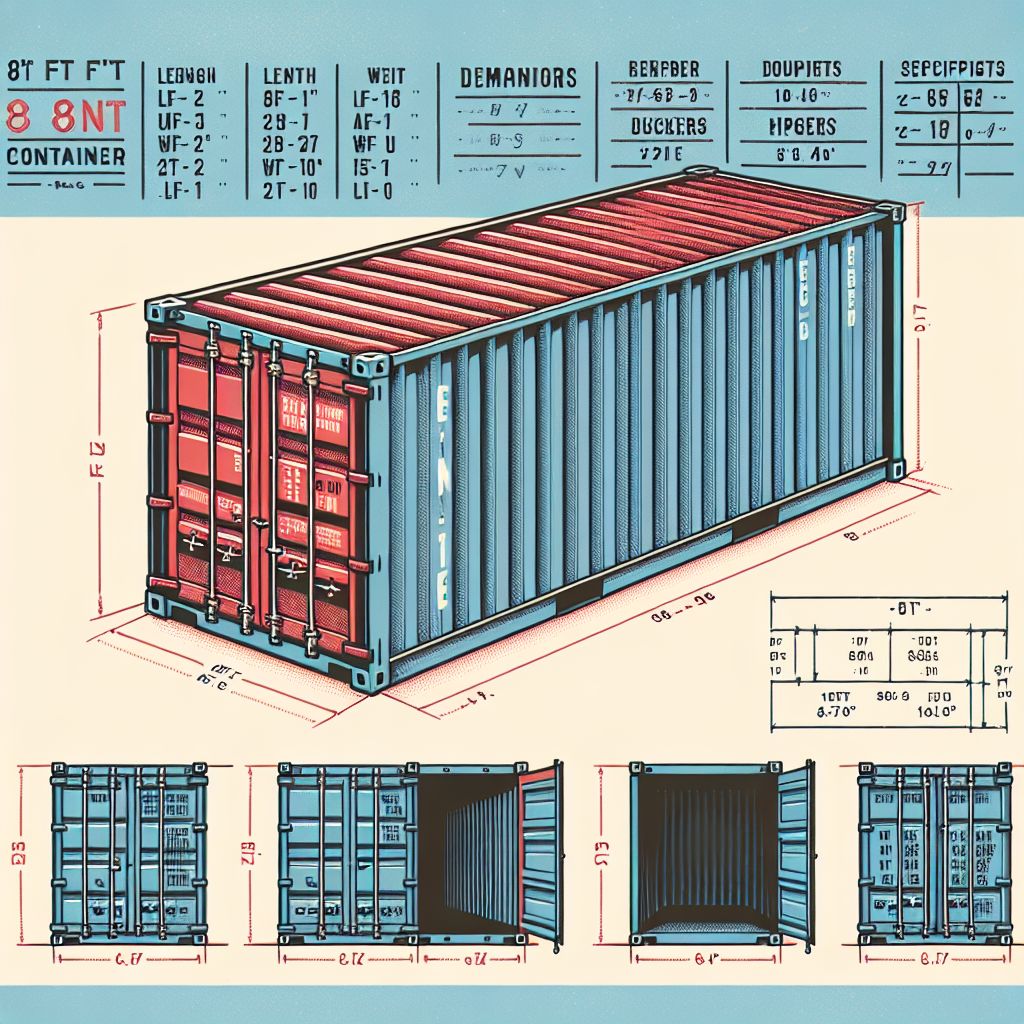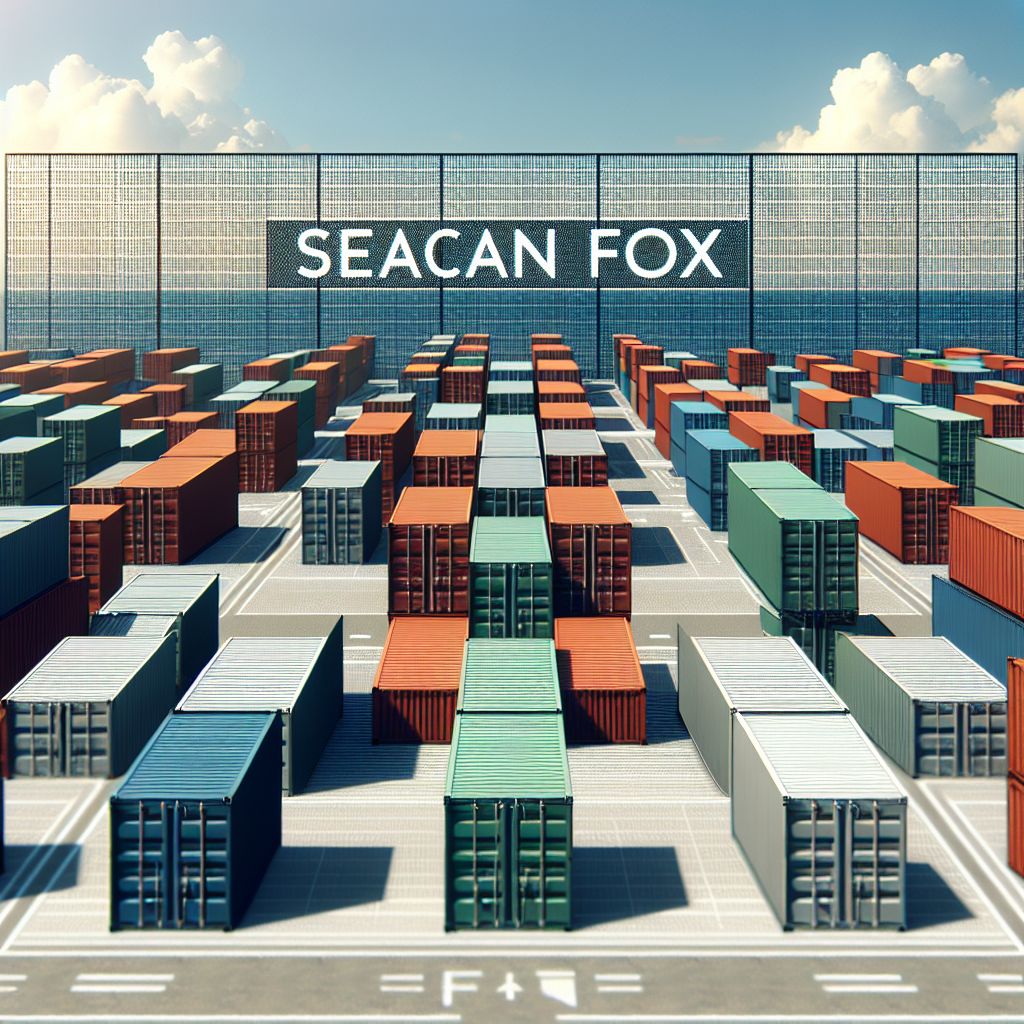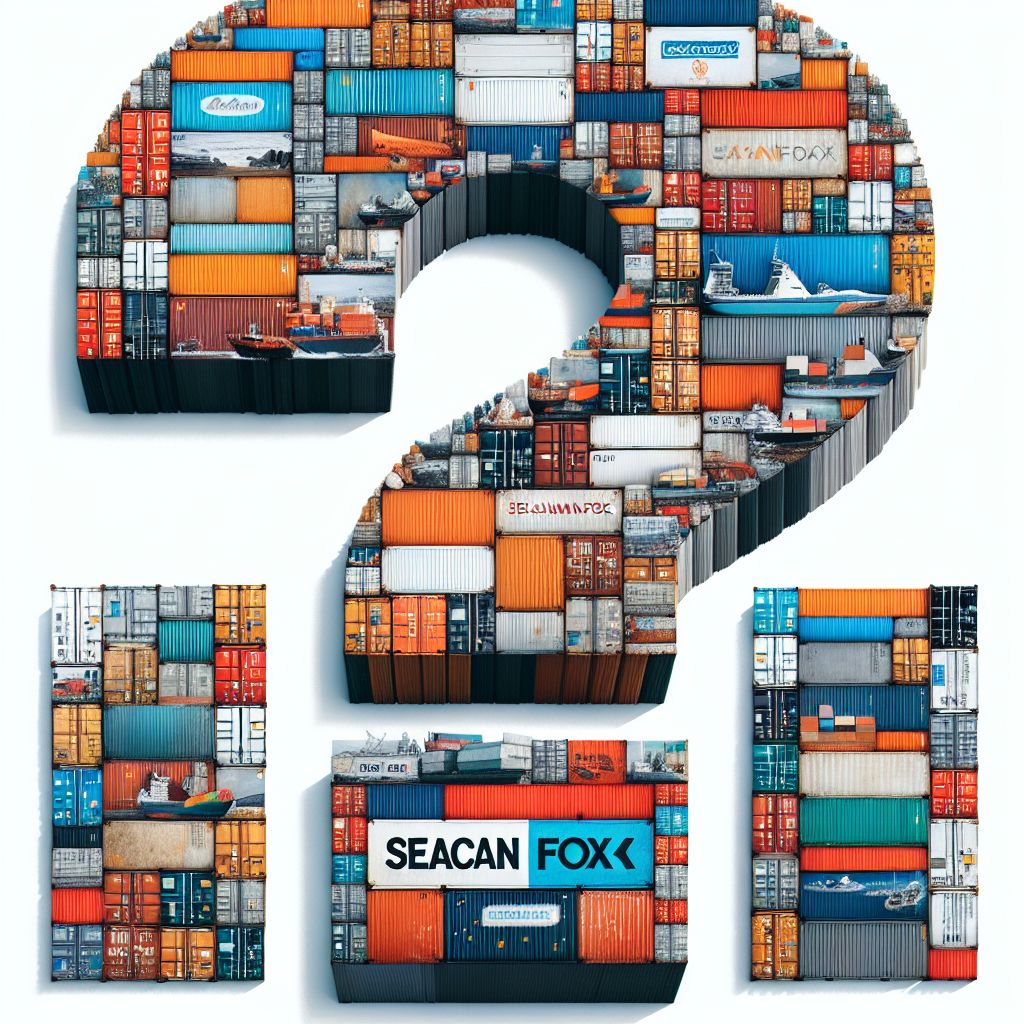
Key Takeaways
- An 8ft shipping container typically measures 8 feet (2.44 meters) in length, 7 feet (2.13 meters) in width, and 7 feet 5 inches (2.26 meters) in height externally.
- The internal dimensions are slightly smaller due to the thickness of the walls, impacting the total usable volume.
- Usable volume for these containers is around 305 cubic feet (8.64 cubic meters), making them suitable for small-scale storage needs.
- The net weight (tare weight) of an 8ft container is about 1,300 pounds (590 kilograms), with a maximum gross weight capacity of approximately 10,000 pounds (4,536 kilograms)
8ft Shipping Container: Compact and Efficient
Imagine you’re trying to fit a puzzle together, but your pieces are big, bulky goods and the puzzle board is the cargo space of a transport vehicle. This is where the 8ft shipping container comes into play. It’s like that perfect corner piece – small, yet it fits just right, making the most of the space you have.
Maximizing Space with Small Dimensions
Despite its modest size, the 8ft container is designed to make the most of the space it offers. It’s like a magic box for logistics: compact enough to fit in tight spaces yet spacious enough inside to store a surprising amount of goods. This balance between external and internal dimensions is what makes it a go-to for businesses with limited storage space or those requiring the transit of smaller cargo loads.
Understanding the Scale: Measurements in Feet and Meters
Let’s break it down. When we talk about an 8ft container, we are referring to its length. But there’s more to it than just one measurement. The width and height are just as important when you’re planning to move goods. To visualize it, an 8ft container is about as long as a large family sofa and as wide and tall as a standard shed door. Converting these measurements to meters for our international friends, we’re looking at approximately 2.44 meters in length, 2.13 meters in width, and 2.26 meters in height externally.
My Favorite Container Homes Resource
I compared the top 3 Container Home Guides
to discover the ultimate resource!
See my top recommendation here
Why does this matter? Because knowing these measurements helps you plan better. You’ll know exactly how many containers you can fit in a given space, or how much merchandise you can transport in one go.
The Importance of Weight and Capacity for Storage
Weight is a big deal in logistics. The weight of an empty 8ft container is about the same as an average adult male polar bear – around 1,300 pounds. But don’t let that fool you – it can carry up to 10,000 pounds, which is the weight of about three average-sized cars. This is the container’s maximum gross weight, and it’s a critical number to keep in mind because it impacts how you can move it and what you can store in it.
Think of it like this: if you overload the container, not only do you risk damaging your goods, but you also face potential regulatory issues and extra costs. Staying within the weight limit means a smoother, safer, and more cost-effective operation.
Packing Smart: Dimensions and Their Impact
Now, let’s talk about packing. The internal dimensions of an 8ft container are slightly less generous than the outside suggests, due to the thickness of the container walls. This is where being smart about packing can make all the difference. It’s like a game of Tetris – you need to fit everything in the best way possible to maximize your space.
Maximize Usable Volume: Tips and Tricks
To make the most out of the 305 cubic feet of volume, you need to think three-dimensionally. Stack items, use shelving, and always measure your cargo before loading. This ensures you’re using every inch of space effectively. And remember, the way you pack can also affect the weight distribution, which is crucial for safe transportation.
Another tip is to use uniform packaging when possible. This makes stacking and arranging easier, and you’ll find you can fit more into the container when everything is a similar size and shape.
Assessing Cargo: Matching Your Load to Container Specs
Before you even start packing, assess your cargo against the container’s specs. You’ve got to make sure what you’re shipping fits not just in size, but also in weight. An 8ft container is perfect for heavy, dense materials that don’t take up much space, like metal parts or machinery. But it’s not the best choice for lightweight, bulky items that could fill up the space quickly without hitting the weight limit.
It’s all about balance. You want to maximize your load without going over the weight capacity. It’s a bit like packing a suitcase – you need to consider both the size and the weight of what you’re putting in to avoid extra fees or, worse, having to leave something behind.
Let’s pause here. In the next section, we’ll explore the versatility of 8ft containers and provide a detailed specification sheet. Stay tuned for more insights on how to master the art of logistics with these compact containers.

The Versatility of 8ft Containers
One of the great things about 8ft shipping containers is their versatility. These containers are not just for shipping goods across the ocean. They are used across various industries for storage, mobile offices, pop-up shops, and even innovative housing projects. Their compact size makes them particularly appealing for urban areas where space is at a premium.
Most importantly, these containers can be easily modified. With the right tools and some creativity, an 8ft container can be transformed into just about anything. This adaptability is a game-changer for businesses that require a customized solution for their logistics challenges.
Adaptable for Various Industries and Needs
Whether you’re in construction, retail, agriculture, or any other sector, an 8ft container can be tailored to meet your specific requirements. For example, a construction company might convert one into a mobile office that can be easily transported from one site to another. A retailer might use it as a secure pop-up shop. The possibilities are as varied as the businesses that use them.
Customization: Modifying Containers for Unique Purposes
Customizing an 8ft shipping container can be as simple as adding shelving and
Specification Sheet: 8ft Container Metrics
When you’re considering an 8ft container, you need to have all the facts. That’s why we’ve put together a detailed specification sheet that covers everything from dimensions to weight capacity. This is the kind of information that helps you make informed decisions about which container is right for your business.
Dimensions & Capacities
So, let’s get into the specifics. An 8ft container’s internal dimensions typically measure around 7.8 feet in length, 6.9 feet in width, and 6.9 feet in height. That gives you a total usable volume of approximately 305 cubic feet. Remember, this volume is the amount of space available for your goods, so you’ll want to use it wisely. For more information on different sizes and their capacities, you can refer to this overview on shipping container sizes.
And because we’re talking about internal space, let’s not forget about the doors. The door opening typically measures around 6.9 feet in width and 6.5 feet in height, which should be more than enough for loading most types of cargo. Just make sure to measure your items to ensure they’ll fit through the door!
8f Container Spec:
| Specification | Measurement in Feet | Measurement in Meters |
|---|---|---|
| External Length | 8 | 2.44 |
| External Width | 7 | 2.13 |
| External Height | 7.42 | 2.26 |
| Internal Length | 7.8 | 2.38 |
| Internal Width | 6.9 | 2.10 |
| Internal Height | 6.9 | 2.10 |
| Door Width | 6.9 | 2.10 |
| Door Height | 6.5 | 1.98 |
| Usable Volume | 305 cu ft | 8.63 m³ |
| Tare Weight | 1,300 lbs | 590 kg |
| Max Gross Weight | 10,000 lbs | 4,536 kg |
Here is a detailed data table for the dimensions and specifications of an 8ft shipping container:
Shipping Containers: 8ft vs larger sizes
References:

FAQ
What is the exact size of an 8ft shipping container?
The external dimensions are typically 8 feet long, 7 feet wide, and 7 feet 5 inches tall, while the internal dimensions are slightly smaller due to the wall thickness.
How does the weight limit of an 8ft container affect storage options?
The maximum gross weight is about 10,000 pounds, which includes the container’s own weight plus the cargo. It’s essential to consider this limit when planning your storage to avoid overloading.
Can 8ft shipping containers be stacked?
Yes, 8ft shipping containers can be stacked on top of one another, provided they are properly secured and the bottom container can support the weight.
Are there custom length shipping containers smaller than 8ft?
While 8ft is a standard small size, some manufacturers may offer custom sizes based on specific requirements.
What is the difference between an 8ft standard and high cube container?
A high cube container is typically 1 foot taller than a standard container, offering more space for cargo that is not necessarily heavier but might be bulkier.






Leave a Reply